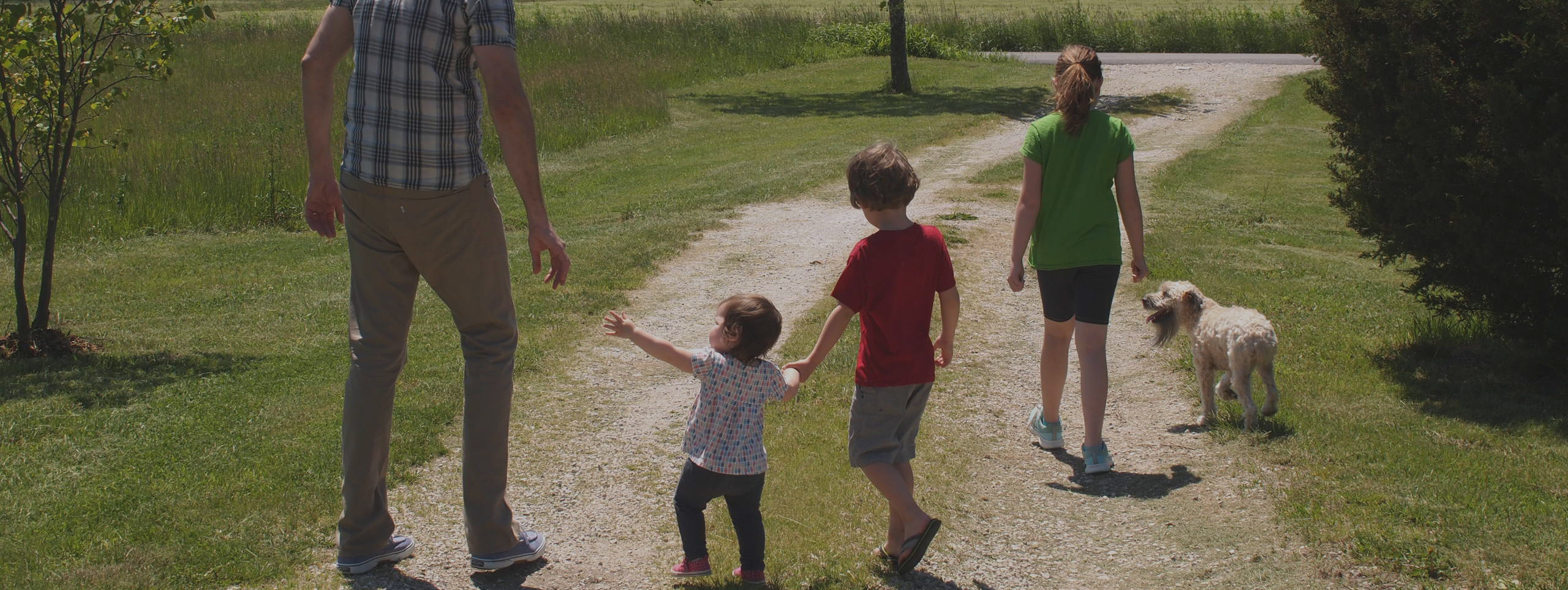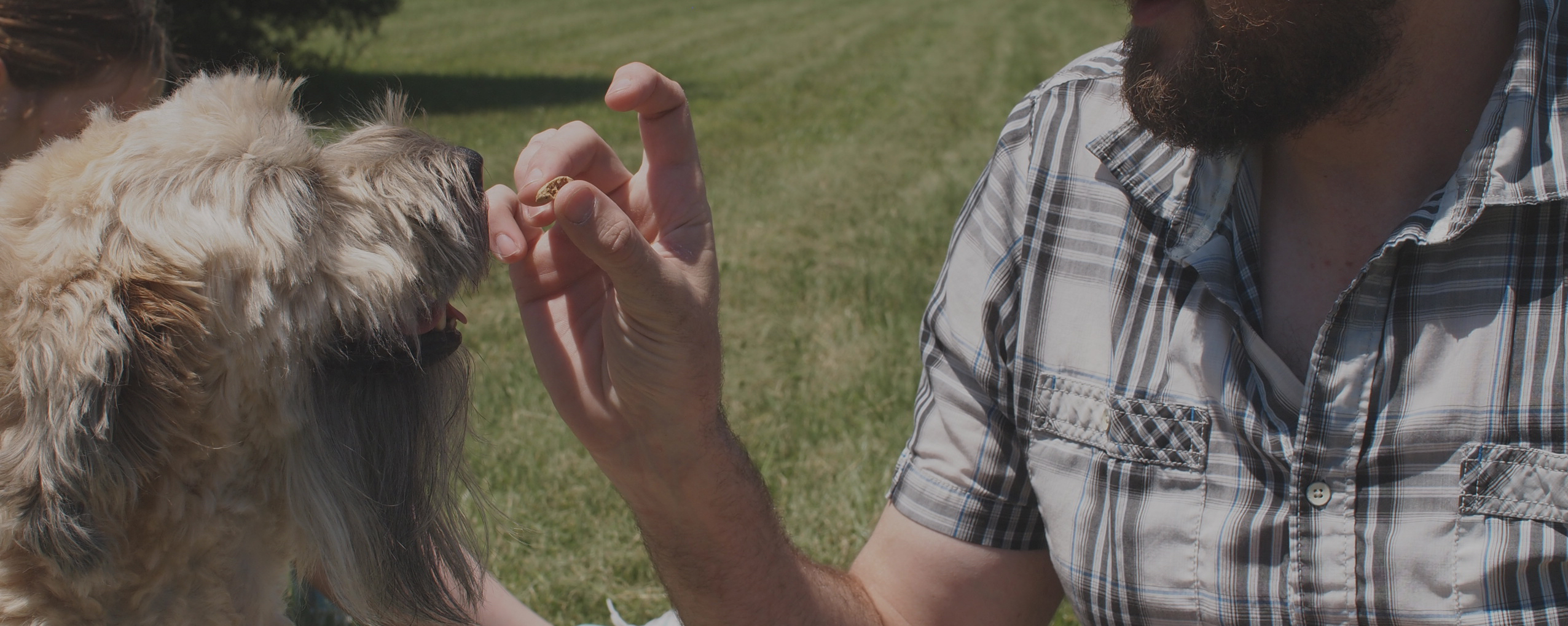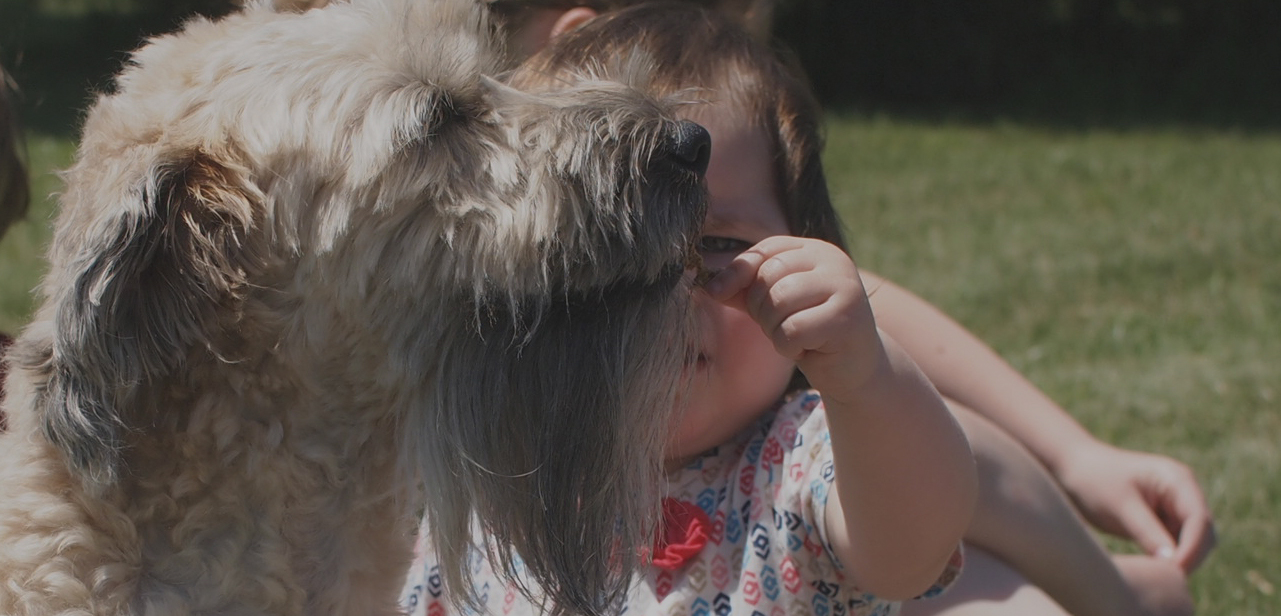 Dogs are wonderful companions and pets, but unless your dog understands where they fit in the pecking order in the family unit, things can get difficult, and even dangerous.
Dogs are wonderful companions and pets, but unless your dog understands where they fit in the pecking order in the family unit, things can get difficult, and even dangerous.
When we adopted our Soft Coated Wheaton Terrier 3 years ago, she was untrained and hard to manage. Her first day in our house, she attacked our small Cockapoo which doesn’t have the best temperament herself.
Dogs are instinctively wild, and need a confident owner to patiently show them proper behavior if they want to be a part of the family pack. Family is the important part of this
Teach your family first.

Dogs are not humans. They will behave as they have for thousands of years, reacting and adapting to their environment in order to survive. As intelligent humans, it is our responsiblity learn about their behavior and character in order to teach them how to become a safe, behaved, and happy member of the family pack.
3 Basics of dog training
1. Consistency – Dogs have short memories. In order to imprint a behavior or response into their memory, they must experience it multiple times a day every day. Interestingly this applies to us as well. The more we train our animals, the more we learn good consistent behaviors the make us happy as well.
2. Reward – Your dog does not know what you want, or necessarily care what you want unless you give them a reason to. They need reward for action in order to care for you.
- Start with treats. Dogs not only love food, but they love whoever gives them food. In the wild, a pack leader earns respect by being the strongest, smartest, and quickest; therefore they are the best at getting food.
- End with affection. Rewarding with affection is the best way to show you are the pack leader.
- Instinctively dogs do play but you do not see any belly scratching or petting amongst wild packs. This is a human trained response, which I believe they adapt to wanting and enjoying as reward. I believe their need for affection is more closely related to submission in their eyes.
- ALL dogs need to be submissive to their owners in order to be happy in a family pack, otherwise they will bite, bark, and show their teeth. Nobody, including the dog, wants that. Eventually they will hurt someone.
- Get rid of the treats. You can’t carry food everywhere, your pockets smell better and nobody wants to shake a stinky dog treat hand. After you have trained a response in your dog, rewarding them with affection and affirmation will make them happier than any treat every could.
3. Command association – Your dog needs to understand your language. Yelling words at them will only get a typical dog tilting of the head. They need to hear a word or sound and associate it with an action.
- Start with treats again, but when you give them a treat say a word that you want them to remember. This is called loading.
- Keep it simple and general. I prefer to use the words “Leave It”. This command is easy to start with and will help you enjoy the rest of your dog’s life in peace and harmony. If you don’t want them eating certain foods, “Leave It.” If you don’t want them sniffing some other dog’s butt, “Leave It.” If you see a person that is afraid of dogs or a new baby that you need them to respect, “Leave It.” It is a versatile, useful, and easy command to remember, which will also help you teach them many other tricks. Not to mention it will teach them to never bite or growl at people while they are eating.
Begin Training
Start by sitting in front of your dog with lots of really small treats that they really love, like little bits of bacon. The treats need to be small because you will be giving them lots of them.

- Begin word loading. Start saying the word over and over again as you give them treats. Leave it – treat, Leave it – treat, Leave it – treat, and so on. DO NOT PLACE TREATS DOWN AND LET THEM EAT AS THEY PLEASE, yet! They need to receive the food from your hand.
- Hold the treat at a distance from their nose, and que them with the action of actually leaving it alone. The second that they look away or hold still, give them the treat immediately and say the word again. Don’t wait. They need to hear word and associate the action. Give them affirmation like good boy or girl, as this will make future affection reward transition easier, because of command association.
- Begin to distance the treat from them more and more as they continue to obey the command. If you have a set back just keep practicing, and if you get frustrated, quit and come back in a little bit. The absence of the treat and your affection will be punishment enough for the dog.
- Once your pet has learned the command now your can place them on the ground. This will help them associate the command to things not in your hands or close to you. Try to get them to make eye contact before you give them the treat. You want them to realize that it is you who is rewarding them. Some dogs are better at this than others, so don’t be disappointed if they don’t.
- If they are obeying the command consistently try it on other things in the house or outside. I even started using this technique for leash training and it worked wonders, and made me feel a lot better than jerking on her leash.

If your dog is doing well and you have children, let them join in the training.
Not only will they learn how to train a dog but the dog will learn to respect them as well as you and realize that this is a pack situation. If you have more children later on the dog will adapt easier knowing they have multiple alphas and learn to love them as well as you. Not to mention it will teach them to never bite or growl at people while they are eating.
After continued training, not only is our Soft Coated Wheaton Terrier well behaved but my children and I have learned how to be patient, consistent members as well. She is a trusted & loved member of our family pack. She still has her wild moments, but hey, who doesn’t.